Home>diy>Building & Construction>How To Repair Home Foundation
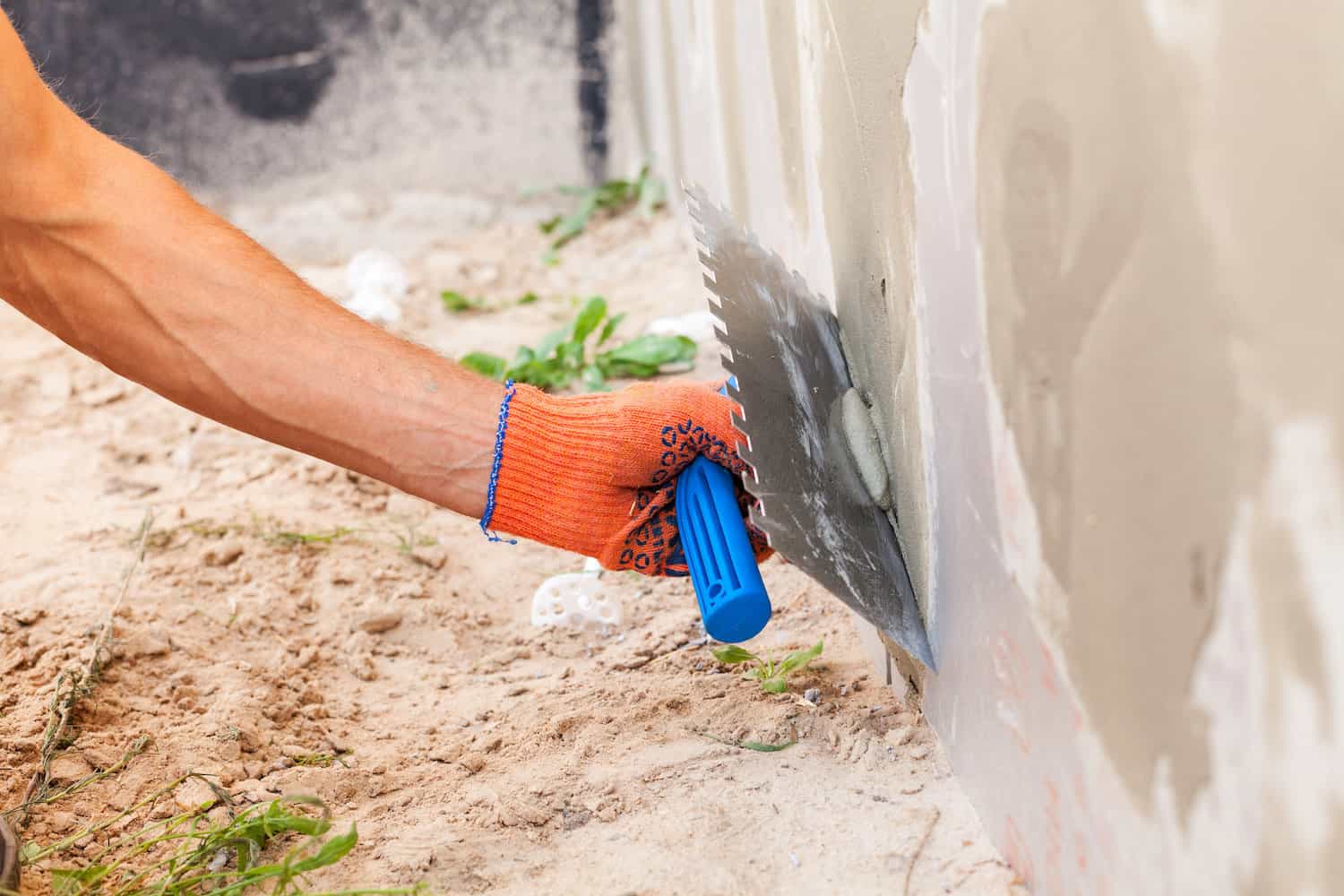

Building & Construction
How To Repair Home Foundation
Modified: October 19, 2024
Learn how to repair your home foundation with expert tips and techniques from building-construction specialists. Ensure the longevity and stability of your property with our comprehensive guide.
(Many of the links in this article redirect to a specific reviewed product. Your purchase of these products through affiliate links helps to generate commission for Storables.com, at no extra cost. Learn more)
Introduction
Welcome to the world of home construction and foundation repair! Whether you’re a homeowner, a contractor, or just curious about the intricacies of building structures, understanding the fundamentals of foundation repair is crucial. A strong and stable foundation is the backbone of any building, and any damage or issues should be addressed promptly to ensure the structural integrity of the property.
In this comprehensive guide, we will explore the ins and outs of home foundation repair. Whether you’re dealing with minor cracks or significant settlement, we will equip you with the knowledge and insights to tackle the repair process effectively.
Before delving into the specifics of foundation repair, it’s essential to understand the importance of assessing the extent of damage accurately. Proper assessment enables you to determine the appropriate repair methods and ensures that the underlying issues are addressed.
Next, we will explore the common causes of foundation issues. From expansive soils to poor construction practices, various factors can contribute to foundation damage over time. Understanding these causes can help you take preventive measures to avoid future problems.
Spotting the signs of foundation damage is another vital aspect of foundation repair. From visible cracks in the walls and floors to doors and windows that no longer function properly, these indicators can help you identify potential issues. We will discuss these signs in detail to help you recognize when it’s time to take action.
While some minor repairs can be tackled as a DIY project, it’s important to know when to hire a professional. We will guide you through the decision-making process, providing insights on when it’s best to seek expert assistance to ensure a safe and successful repair.
For the hands-on homeowners, we will also explore a range of DIY foundation repair methods. From epoxy injections to slab jacking, you’ll learn about various techniques that can address common foundation issues without breaking the bank.
Cracks in the foundation are a prevalent problem that requires attention. We will discuss the different types of cracks and provide step-by-step instructions on how to repair them effectively.
Foundation settlement is another concern that can lead to serious structural problems. We will delve into the causes of settlement and explain the techniques used to stabilize and level a foundation.
Water damage and foundation leaks can wreak havoc on a home’s foundation. We will explore the sources of water damage, how it affects the foundation, and the repair methods involved.
Stabilizing foundation walls is crucial for maintaining the overall stability of a building. We will discuss methods such as carbon fiber strips and wall anchors that can strengthen and support foundation walls.
Finally, we will conclude with preventive measures for foundation maintenance. Taking proactive steps to protect your foundation can save you time, money, and stress in the long run.
By the end of this guide, you will have a solid understanding of foundation repair and the steps involved in addressing common issues. Whether you’re dealing with a small crack or a significant settlement, you’ll have the knowledge and confidence to tackle the repairs effectively and maintain the structural integrity of your home. So, let’s dive in and discover the world of foundation repair together!
Key Takeaways:
- Foundation repair is crucial for maintaining a stable home structure. Proper assessment, recognizing signs of damage, and hiring professionals for complex repairs are essential for long-term stability.
- Preventive measures such as maintaining proper drainage, managing soil moisture, and regular inspections are key to safeguarding the integrity of your home’s foundation.
Assessing Foundation Damage
Before embarking on any foundation repair project, it is crucial to accurately assess the extent of the damage. Proper assessment allows you to determine the severity of the problem and choose the appropriate repair methods. Here are some steps to follow when assessing foundation damage:
- Visual Inspection: Start by visually inspecting both the interior and exterior of your home. Look for any visible cracks in the walls, floors, or foundations. Pay attention to any signs of bowing or leaning walls. Examine windows and doors to see if they are sticking or no longer aligning properly. Take note of any uneven or sloping floors.
- Foundation Measurements: Use a tape measure to measure the width, length, and depth of any visible cracks. This will give you an idea of their size and help determine their significance. Additionally, measure any gaps or separations in the foundation to gauge their severity.
- Foundation Level: Use a spirit level to check if your floors are level. Place the level on various parts of the floor, paying attention to any areas that are noticeably uneven. Uneven floors may indicate foundation settlement or shifting.
- Hire a Professional: If you have any doubts about the severity of the damage or the appropriate course of action, it is best to consult a foundation repair professional. They have the expertise and tools to conduct a thorough assessment and provide an accurate diagnosis.
During the assessment, it’s crucial to keep track of all the visible damage, measurements, and any additional information that may be relevant. This documentation will help you communicate the issues to a professional if necessary and serve as a reference throughout the repair process.
Remember, foundation damage can vary widely in severity, ranging from minor cosmetic cracks to significant structural issues. Proper assessment is the first step in determining the appropriate repair methods and ensuring the long-term stability and safety of your home.
Common Causes of Foundation Issues
Understanding the common causes of foundation issues is essential for preventing or addressing problems as they arise. Here are some of the primary factors that can lead to foundation damage:
- Expansive Soils: Expansive soils, such as clay, shrink and expand depending on moisture levels. This constant movement can exert pressure on the foundation, leading to cracks and instability.
- Poor Drainage: Improper drainage can cause water to accumulate around the foundation, which can lead to soil erosion and weakening of the foundation’s base. Waterlogged soil can also exert excessive pressure on the foundation walls.
- Inadequate Site Preparation: Insufficient site preparation during the construction phase can result in a poorly compacted or uneven soil base. Over time, this can lead to foundation settlement or shifting.
- Poor Construction Practices: Low-quality materials or faulty construction techniques can compromise the structural integrity of the foundation. This includes issues like inadequate reinforcement, insufficient concrete curing, or improper foundation design.
- Tree Roots: Large trees planted too close to the foundation can have long roots that reach underneath and extract moisture from the soil. As a result, the soil can shrink, leading to foundation settlement or shifts.
- Plumbing Issues: Leaking or broken plumbing pipes located near the foundation can introduce excess moisture, leading to soil erosion and foundation movement.
- Severe Weather Conditions: Natural disasters like earthquakes, floods, and hurricanes can exert tremendous forces on a building’s foundation. These extreme events can cause significant damage, including cracks and heaving.
- Time and Wear: Like any part of a building, the foundation can deteriorate over time due to normal wear and tear. Aging foundations may develop cracks and settle gradually.
It’s important to note that multiple factors can contribute to foundation issues. Often, a combination of these factors exacerbates the problem, making it essential to address all underlying causes during the repair process.
By understanding the common causes of foundation issues, you can take preventive measures and address any problems promptly. Regular maintenance, proper site preparation, and professional construction practices can help mitigate the risks and ensure the longevity of your home’s foundation.
Signs of Foundation Damage
Recognizing the signs of foundation damage is crucial for addressing issues before they worsen. Here are some common indicators that may suggest problems with your home’s foundation:
- Wall Cracks: Look for cracks in the interior or exterior walls of your home. Horizontal, vertical, or diagonal cracks that are wider than a quarter of an inch can be signs of foundation issues.
- Foundation Cracks: Inspect the foundation itself for any visible cracks. Pay particular attention to cracks that are wider at the top or extend through multiple layers of the foundation.
- Uneven Floors: Walk through your home and pay attention to any noticeable sloping or unevenness in the floors. Floors that are no longer level may be a sign of foundation settlement.
- Doors and Windows: Doors and windows that stick or no longer open and close properly can indicate foundation movement. If you notice that doors and windows are becoming misaligned, it may be a sign of underlying issues.
- Gaps and Separations: Look for gaps or separations between walls, ceilings, and floors. These separations can occur due to foundation settlement, which causes the structure to shift and separate.
- Bowing Walls: If you notice walls that are bulging or bowing inward, it may indicate significant foundation problems. Bowing walls are a serious issue that requires immediate attention.
- Crumbling or Flaking Foundation: Examine the condition of your foundation for any signs of crumbling, flaking, or deterioration. This can indicate moisture-related issues or weak foundation materials.
- Mold or Mildew: Excessive moisture around the foundation can lead to the growth of mold or mildew. If you notice a musty smell or see fungal growth, it may be a sign of water infiltration and foundation damage.
- Sinking or Settling: Pay attention to any noticeable sinking or settling of one or more areas of your home. This can result in uneven floors, cracks, and other structural problems.
It’s important to remember that experiencing one or two of these signs does not necessarily mean that you have significant foundation damage. However, if you notice multiple signs or a combination of them, it is advisable to consult a professional for a thorough assessment of your foundation.
Promptly addressing foundation issues can help prevent further damage and save you from costly repairs in the future. If you notice any of these signs, it’s best to seek expert advice to determine the best course of action for repairing and stabilizing your home’s foundation.
Hiring a Professional
When it comes to foundation repair, hiring a professional is often the best course of action. While some minor repairs can be tackled as a DIY project, more significant foundation issues require the expertise and experience of a trained professional. Here are some key reasons why hiring a professional is essential:
- Accurate Assessment: Professionals have the knowledge and tools to accurately assess the severity of foundation damage. They can identify the underlying causes and determine the most effective repair methods based on their expertise.
- Specialized Knowledge: Foundation repair requires specialized knowledge of construction techniques, structural engineering, and soil behavior. Professionals are trained to understand these intricacies and can apply their expertise to ensure a proper repair.
- Quality Repair Techniques: Professionals have access to advanced tools, materials, and techniques that may not be available to the average homeowner. They can utilize these resources to provide a long-lasting and effective solution to your foundation issues.
- Time and Cost Efficiency: Hiring a professional can save you time and money in the long run. Professionals have the experience and skills to complete the repair efficiently, minimizing disruptions to your daily life. Additionally, they can help prevent further damage, which can lead to costly repairs down the line.
- Insurance and Warranty: Reputable foundation repair companies typically provide warranties or guarantees on their work. This provides you with peace of mind, knowing that your investment is protected. Additionally, some insurance policies may cover foundation repairs, especially if the damage was caused by a covered event.
- Compliance with Building Codes: Foundation repairs must adhere to local building codes and regulations. Hiring a professional ensures that the repairs are done to code, ensuring the safety and compliance of your home.
Choosing the right professional for your foundation repair is crucial. Here are some factors to consider:
- Look for a reputable and experienced foundation repair company with a track record of successful projects.
- Check for proper licensing, insurance, and certifications of the company and its employees.
- Read reviews and testimonials from past clients to gauge the company’s reputation and customer satisfaction.
- Get multiple quotes and compare them based on the proposed scope of work, pricing, and warranties.
- Ask for references and reach out to previous clients to get their feedback on the company’s work.
By hiring a professional for your foundation repair, you can ensure that the job is done right the first time. Their expertise, resources, and commitment to quality work will give you peace of mind knowing that your home’s foundation is in good hands.
DIY Foundation Repair Methods
While significant foundation issues typically require the expertise of a professional, there are some minor repairs that you can undertake as a DIY project. These DIY foundation repair methods can help you address minor cracks and mitigate further damage. Keep in mind that if you are unsure about the severity of the damage or do not feel comfortable with the repair process, it is advisable to consult a professional. Here are some common DIY foundation repair methods:
- Epoxy Injections: Epoxy injections can be used to repair small, hairline cracks in the foundation. The process involves injecting epoxy into the crack to seal and reinforce it. This repair method helps prevent water infiltration and further movement of the foundation. However, it is important to note that epoxy injections may not be suitable for larger or structural cracks.
- Crack Stitching: Crack stitching is a technique used to stabilize and repair wider cracks in the foundation. It involves using steel or carbon fiber stitching rods to span and strengthen the crack. This method helps distribute the stress and prevent further widening of the crack. Crack stitching kits are available on the market, and the repair process typically involves cleaning the crack, applying an adhesive, and installing the stitching rods.
- Slab Jacking: Slab jacking is a method used to lift and level a sunken or settled concrete slab foundation. The process involves drilling small holes into the slab and injecting a grout mixture underneath to lift it. Slab jacking can help restore the levelness of the slab and prevent further settlement.
- Soil Moisture Management: Proper soil moisture management is essential for preserving the stability of your foundation. Ensure that the soil around your foundation is not excessively dry or saturated. Use a soaker hose or irrigation system to maintain consistent moisture levels in the soil. This can help prevent soil shrinkage and swelling, which can cause foundation movement.
- Improving Drainage: Poor drainage can contribute to foundation damage. Take steps to improve the drainage around your property by extending downspouts away from the foundation, installing gutter guards, and ensuring that the grading directs water away from the foundation. Proper drainage helps prevent water accumulation around the foundation, reducing the risk of soil erosion and foundation movement.
- Filling Minor Cracks: For very small cracks in the foundation, you can utilize a concrete patching compound or hydraulic cement to fill them. Clean the crack thoroughly and apply the patching material according to the manufacturer’s instructions. This method can help prevent further water penetration and stabilize minor cracks.
While these DIY methods can provide temporary solutions for minor foundation issues, it’s important to note that they may not address underlying structural problems. For significant cracks, bowing walls, or widespread foundation damage, it is highly recommended to seek professional assistance to ensure a proper and lasting repair.
Always remember to follow safety guidelines, use appropriate protective gear, and consult reliable sources or experts for guidance when undertaking any DIY foundation repair project.
Regularly inspect your home foundation for any signs of cracks, shifting, or water damage. Addressing issues early can prevent costly repairs in the future.
Repairing Cracks in the Foundation
Cracks in the foundation are a common issue that can compromise the structural integrity of a building. It is important to address these cracks promptly to prevent further damage. Here are some steps to follow when repairing cracks in the foundation:
- Assess the Crack: Start by examining the crack to determine its size, width, and depth. This will help you choose the appropriate repair method. Small, hairline cracks may only require a simple repair, while larger or structural cracks may require professional assistance.
- Clean the Crack: Thoroughly clean the crack by removing any loose debris, dust, or particles. Use a wire brush or a vacuum to ensure that the crack is free from any loose materials. This will help the repair material bond effectively with the foundation.
- Apply a Concrete Crack Filler: For small cracks, use a concrete crack filler or a high-quality epoxy resin designed for this purpose. Follow the manufacturer’s instructions for mixing and applying the filler. Use a putty knife or a trowel to press the filler into the crack, ensuring that it reaches the bottom and completely fills the void.
- Smooth and Level the Surface: After applying the filler, use a trowel or a brush to smooth and level the surface. This will help achieve a seamless finish and ensure that the repair blends in with the surrounding foundation.
- Allow for Curing: Allow the repair material to cure according to the manufacturer’s instructions. This typically involves keeping the area protected and avoiding any foot traffic or heavy loads on the repaired crack for a specified period. Curing time may vary depending on the specific product used.
- Consider Reinforcement: If the crack is wider or shows signs of movement, additional reinforcement may be necessary. This can involve using crack stitching rods or carbon fiber strips to strengthen the repair and prevent further widening of the crack. Consult a professional if you suspect that your crack requires reinforcement.
- Monitor and Maintain: After repairing the crack, it is essential to monitor its condition over time. Regularly inspect the area for any signs of reoccurrence or further damage. Take note of any changes or new cracks that may appear and address them promptly to prevent any potential issues.
It’s important to note that while DIY crack repair methods can be effective for small cracks, significant or recurring cracks may require professional evaluation and repair. Consulting a foundation repair expert is advisable if you are unsure about the severity of the crack or if you suspect underlying structural issues.
Addressing cracks in the foundation promptly can help prevent water infiltration, further deterioration, and potential structural problems. By following these steps and seeking professional guidance when necessary, you can ensure the stability and longevity of your home’s foundation.
Addressing Foundation Settlement
Foundation settlement occurs when the soil beneath a building compresses or shifts, causing the foundation to sink or settle unevenly. This can lead to a range of problems, including cracks in the walls, uneven floors, and structural instability. Addressing foundation settlement is crucial to maintain the integrity of the building. Here are some steps to consider when dealing with foundation settlement:
- Identify the Cause: Determine the underlying cause of foundation settlement. It can be due to various factors, such as soil shrinkage, poor compaction, or inadequate drainage. Understanding the cause will help you address the issue effectively.
- Consult a Professional: Foundation settlement can be a complex issue that requires the expertise of a professional. A foundation repair specialist will assess the severity of the settlement and recommend the appropriate course of action.
- Foundation Underpinning: One common method to address foundation settlement is through underpinning techniques. This involves stabilizing and supporting the foundation by adding supplemental material to the soil beneath it. Methods such as helical piers or steel push piers can be used to transfer the weight of the building to more stable soil layers.
- Grout Injection: Grout injection is another technique used to address foundation settlement. It involves injecting a specialized grout mixture into the soil beneath the foundation to compact and strengthen it. This helps to lift and level the settled areas and stabilize the foundation.
- Soil Moisture Management: Proper soil moisture management is crucial in preventing and correcting foundation settlement. Maintain a consistent moisture level around the foundation by using a soaker hose or irrigation system. Avoid overwatering or allowing the soil to become excessively dry, as these conditions can contribute to soil shrinkage and settlement.
- Foundation Repair Monitoring: Once the foundation settlement has been addressed, it is important to regularly monitor the repaired areas. Keep an eye out for any signs of re-settlement or further movement. Promptly address any new cracks or signs of instability to prevent future issues.
It’s worth noting that addressing foundation settlement is a complex process that often requires professional expertise and specialized tools. It is advisable to consult with a foundation repair specialist to assess the severity of the settlement and determine the most appropriate repair method for your specific situation.
Ignoring foundation settlement can lead to significant structural problems and compromise the safety of the building. By taking action and addressing foundation settlement promptly, you can ensure the long-term stability and durability of your home.
Fixing Foundation Leaks and Water Damage
Foundation leaks and water damage can wreak havoc on a building’s foundation, leading to structural issues and compromising the integrity of the structure. It is crucial to address these issues promptly to prevent further damage. Here are some steps to follow when fixing foundation leaks and water damage:
- Identify the Source: Determine the source of the water infiltration. It could be due to plumbing leaks, improper drainage, or external factors such as heavy rain or groundwater. Identifying the source will help you plan the appropriate repair strategy.
- Repair Plumbing Issues: If the water damage is caused by plumbing leaks, address them immediately. Fix any leaking pipes, faucets, or fixtures and ensure that the plumbing system is properly functioning. It may be necessary to consult a plumber for professional assistance.
- Improve Drainage: Poor drainage around the foundation can contribute to water accumulation and damage. Take steps to improve the grading and redirect water away from the foundation. Extend downspouts, install gutter guards, and ensure that the soil slopes away from the building to prevent water from pooling near the foundation.
- Install a French Drain: If excess groundwater is causing the water damage, consider installing a French drain system. A French drain collects and redirects water away from the foundation, preventing it from seeping into the soil and causing damage. Consult a professional for proper installation to ensure optimal performance.
- Waterproof the Foundation: Apply a waterproofing sealant or membrane to the exterior of the foundation walls. This helps create a barrier that prevents water from penetrating through the walls and causing damage. Follow the manufacturer’s instructions for proper application and ensure that the foundation walls are clean and dry before applying the waterproofing material.
- Repair Foundation Cracks: Cracks in the foundation walls can be entry points for water. It is important to repair these cracks to prevent further water infiltration. Use a concrete crack filler or epoxy injection method to seal the cracks and prevent water from entering the foundation. Ensure that the cracks are clean and dry before applying the repair material.
- Address Interior Water Damage: If water has entered the interior of the building, address the damage promptly. Remove any saturated materials, such as carpets, insulation, or drywall, to prevent further mold growth and structural damage. Dry out the affected areas thoroughly using fans, dehumidifiers, or professional drying equipment.
- Maintain Regular Inspections: After fixing foundation leaks and water damage, it is essential to conduct regular inspections to detect any new leaks or signs of water infiltration. Monitor the areas that were repaired and check for any signs of moisture, mold, or damage. Address any issues immediately to prevent further water damage.
Fixing foundation leaks and addressing water damage requires timely action and attention to detail. If the water damage is extensive or if you are unsure about the severity of the issue, it is advisable to consult with a professional foundation repair company or a water damage restoration specialist. They can assess the situation and provide appropriate solutions to ensure the long-term stability and integrity of your building’s foundation.
Read more: How To Stucco A Foundation
Stabilizing Foundation Walls
The stability of foundation walls is vital for the overall integrity and safety of a building. When foundation walls start to bow, tilt, or crack, it is essential to take immediate action to stabilize them. Here are some methods commonly used to stabilize foundation walls:
- Carbon Fiber Strips: Carbon fiber strips offer a lightweight and high-strength solution for stabilizing foundation walls. These strips are bonded to the interior of the walls using an epoxy adhesive. Once applied, carbon fiber strips provide reinforcement and prevent further movement or cracking in the foundation walls. This method is especially effective for preventing horizontal or diagonal wall movement.
- Wall Anchors: Wall anchors are a common method used for stabilizing foundation walls that are bowing or leaning. These anchors consist of steel rods that are drilled through the foundation wall and into the soil outside. Anchors are attached to these rods inside the basement or crawl space, creating an opposing force against the bowing or leaning wall. This helps stabilize the wall and prevent further movement.
- Helical Tiebacks: Helical tiebacks are similar to wall anchors but are used when the soil outside the foundation walls is inaccessible or unstable. These tiebacks consist of steel rods with helical plates that are drilled into the ground horizontally away from the foundation. The rods are connected to the foundation wall using a bracket, providing lateral resistance and stabilizing the wall.
- Underpinning: Sometimes, foundation wall stability issues are caused by insufficient soil support. Underpinning methods involve strengthening the soil and transferring the weight of the foundation to more stable soil layers. This process can include using helical piers, push piers, or micropiles to provide additional support and stability to the foundation walls.
- Concrete Repair and Reinforcement: If foundation walls have cracked or deteriorated, concrete repair and reinforcement techniques can be employed to restore their strength and stability. This may involve patching and sealing the cracks using specialized concrete repair products, as well as adding reinforcement such as rebar or shotcrete to the walls for added strength.
- Grout Injection: Grout injection is another method used to stabilize foundation walls that have experienced settlement or movement. This technique involves injecting a specialized grout mixture into the soil beneath the foundation to improve its load-bearing capacity. It helps fill voids or gaps in the soil and provides support to the foundation walls, preventing further movement.
It is important to note that stabilizing foundation walls is a complex process that often requires the expertise and experience of foundation repair professionals. They have the knowledge to assess the severity of the wall movement and determine the most appropriate method for stabilizing the walls effectively.
If you notice any signs of bowing, tilting, or cracking in your foundation walls, it is crucial to consult with a reputable foundation repair company. They will conduct a thorough inspection, provide an accurate assessment of the issue, and recommend the best course of action to stabilize your foundation walls and ensure the safety and stability of your building.
Preventive Measures for Foundation Maintenance
Maintaining a strong and stable foundation is essential for the longevity and structural integrity of your home. By taking proactive preventive measures, you can help prevent foundation issues and minimize the risk of costly repairs. Here are some preventive measures for foundation maintenance:
- Proper Drainage: Ensure that your property has proper drainage to divert water away from the foundation. Install gutters and downspouts, and extend them away from the building. Maintain the grading around the foundation to slope away, ensuring that water flows away from the structure. Proper drainage helps prevent water accumulation near the foundation, which can lead to soil erosion and foundation damage.
- Manage Soil Moisture: Maintain consistent moisture levels in the soil around your foundation. Avoid overwatering or allowing the soil to become excessively dry, as both conditions can cause the soil to expand or contract, leading to foundation movement. Use soaker hoses or an irrigation system to provide consistent, even moisture to the soil.
- Regular Maintenance: Perform regular inspections of your foundation and address any issues promptly. Look for signs of cracking, settlement, or water damage. Check for gaps or separations between walls, floors, and ceilings. Conduct visual inspections both inside and outside your home to spot any potential foundation problems.
- Maintain Proper Grading: Ensure that the soil around your foundation slopes away from the building. This helps prevent water from pooling near the foundation and reduces the risk of water infiltration and damage. Maintain the proper slope by adding soil as necessary and regularly monitoring the grading to prevent any settling or erosion issues.
- Avoid Oversaturation: Avoid oversaturating the soil around the foundation, especially during periods of heavy rainfall. Excess water can lead to soil erosion and increase hydrostatic pressure, which can cause foundation damage. Be mindful of your watering practices and adjust them based on weather conditions and the needs of your landscape.
- Avoid Tree Plantings: Plant trees and large shrubs away from the foundation to prevent their roots from growing underneath and extracting moisture from the soil. Tree roots can cause soil shrinkage, leading to foundation settlement. If you have existing trees near the foundation, regularly monitor their growth and consider consulting an arborist for guidance on root management.
- Monitor and Address Plumbing Issues: Regularly inspect your plumbing system for any leaks or issues. Address any plumbing leaks promptly to prevent water from infiltrating the foundation. Monitor your water bill for any significant changes that may indicate a hidden plumbing leak.
- Professional Inspections: Schedule regular professional inspections of your foundation. A foundation expert can identify any potential issues early on and provide recommendations for maintenance or repairs. These inspections can help catch minor problems before they develop into more significant and costly issues.
By incorporating these preventive measures into your foundation maintenance routine, you can help safeguard the stability and structural integrity of your home. Regular inspections, proper drainage, soil moisture management, and timely repairs are key to maintaining a strong and durable foundation for years to come.
Remember, if you notice any signs of foundation damage or have concerns about your foundation, it is always advisable to consult with a professional foundation repair company. They can provide expert guidance specific to your situation and ensure that appropriate measures are taken to protect your home’s foundation.
Conclusion
Building and maintaining a strong foundation is essential for the stability and longevity of any structure. By understanding the complexities of foundation repair and implementing preventive measures, you can ensure the integrity of your home’s foundation and minimize the risk of costly repairs down the line.
In this guide, we have explored various aspects of foundation repair, including assessing foundation damage, identifying common causes of foundation issues, recognizing signs of foundation damage, and the importance of hiring professionals for complex repairs. We also discussed DIY foundation repair methods for minor issues, such as crack repairs.
We emphasized the significance of addressing foundation settlement promptly and provided an overview of techniques for stabilizing foundation walls. Additionally, we discussed how to address foundation leaks and water damage to prevent further deterioration.
To maintain a healthy foundation, we outlined preventive measures such as maintaining proper drainage, managing soil moisture, conducting regular inspections, maintaining proper grading, avoiding oversaturation, and being mindful of tree plantings near the foundation. We also stressed the importance of monitoring plumbing systems and scheduling regular professional inspections.
Remember, while minor foundation repairs can be tackled as DIY projects, it’s crucial to consult a professional for significant issues or if you have any doubts about the severity of the damage. Professional expertise helps ensure accurate assessment, appropriate repair methods, adherence to building codes, and long-term stability.
Foundation maintenance is an ongoing process that requires attention and vigilance. Regular inspections, immediate repairs, and following preventive measures will go a long way in preserving the structural integrity and protecting your investment in your home.
By implementing the knowledge and insights gained from this guide, you can confidently navigate the world of foundation repair and maintenance. Remember, a solid foundation is the bedrock of a safe and secure home, and by taking the necessary steps, you can preserve it for years to come.
Frequently Asked Questions about How To Repair Home Foundation
Was this page helpful?
At Storables.com, we guarantee accurate and reliable information. Our content, validated by Expert Board Contributors, is crafted following stringent Editorial Policies. We're committed to providing you with well-researched, expert-backed insights for all your informational needs.
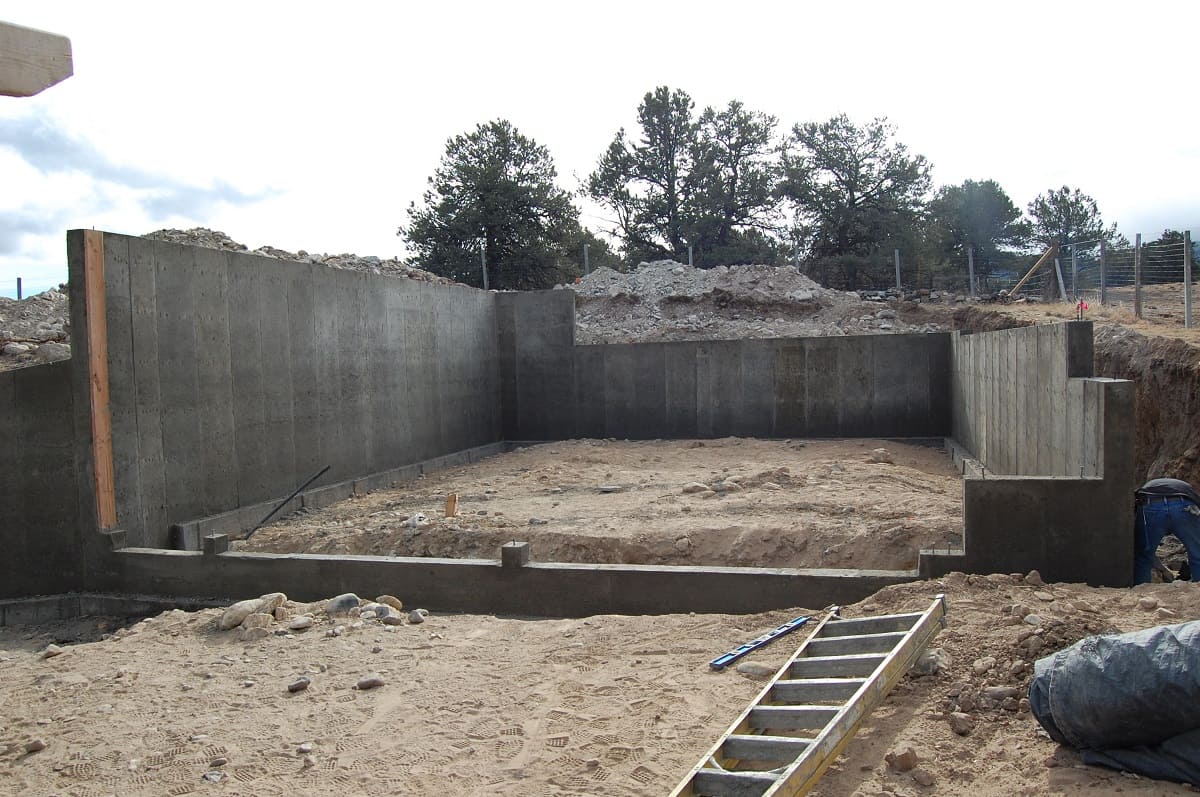
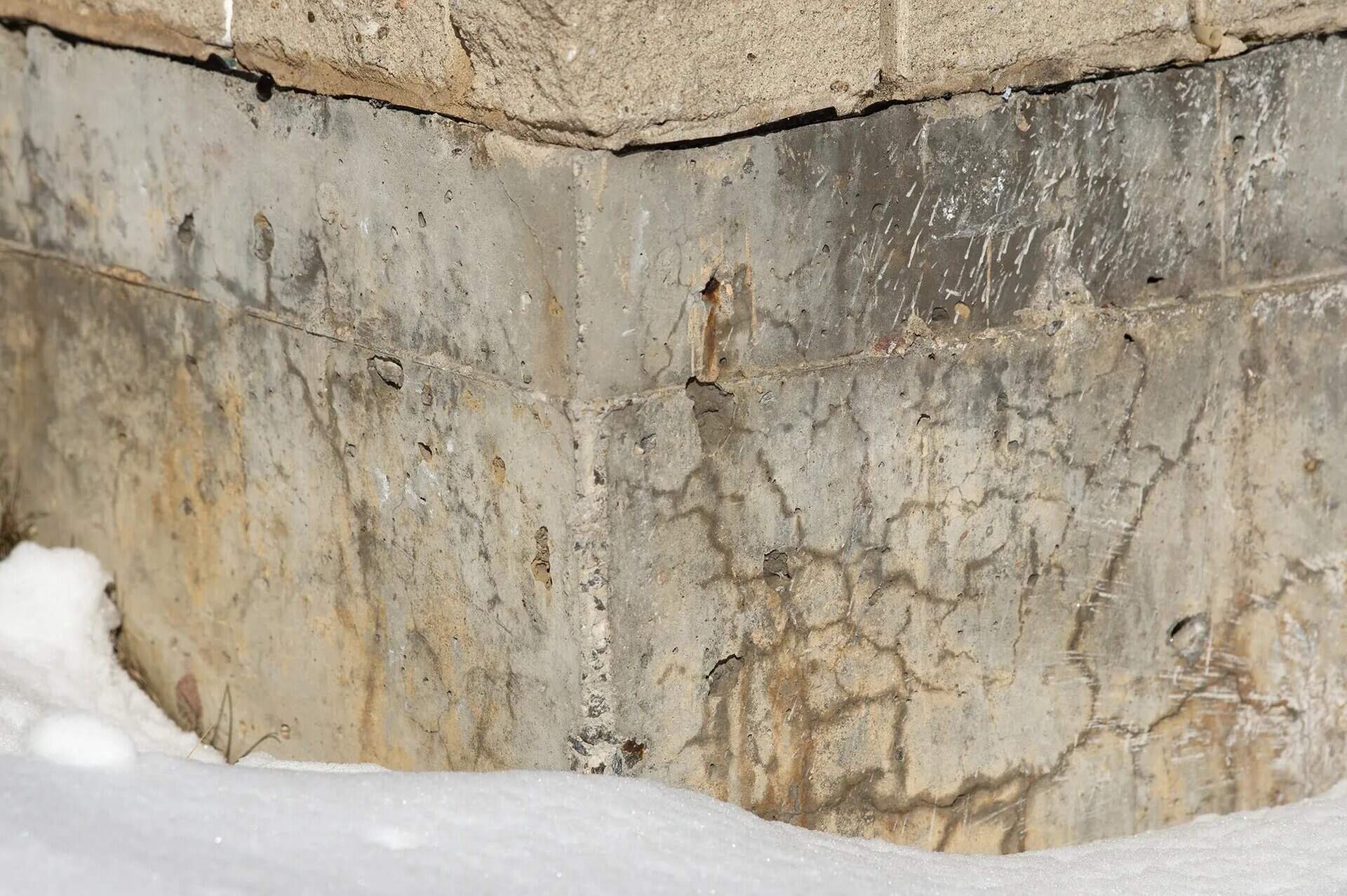
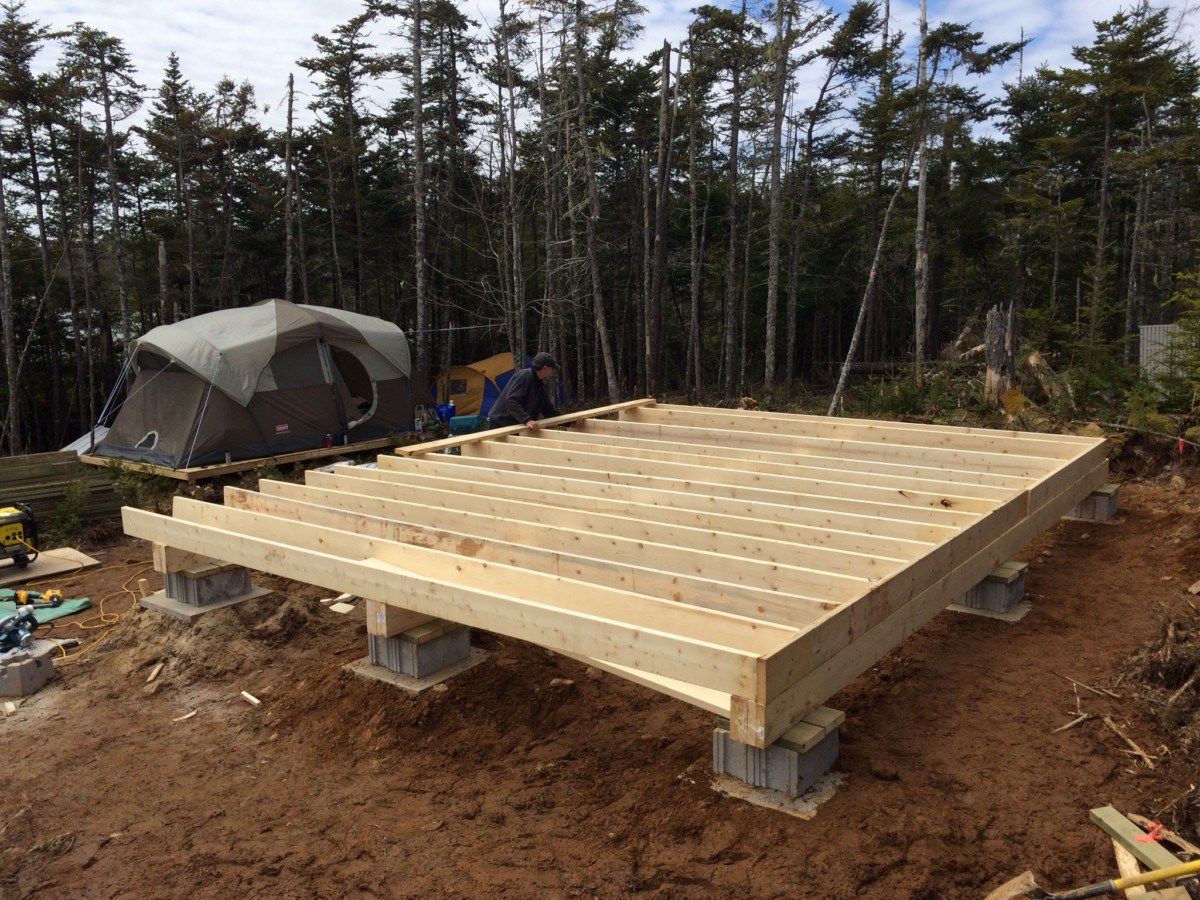
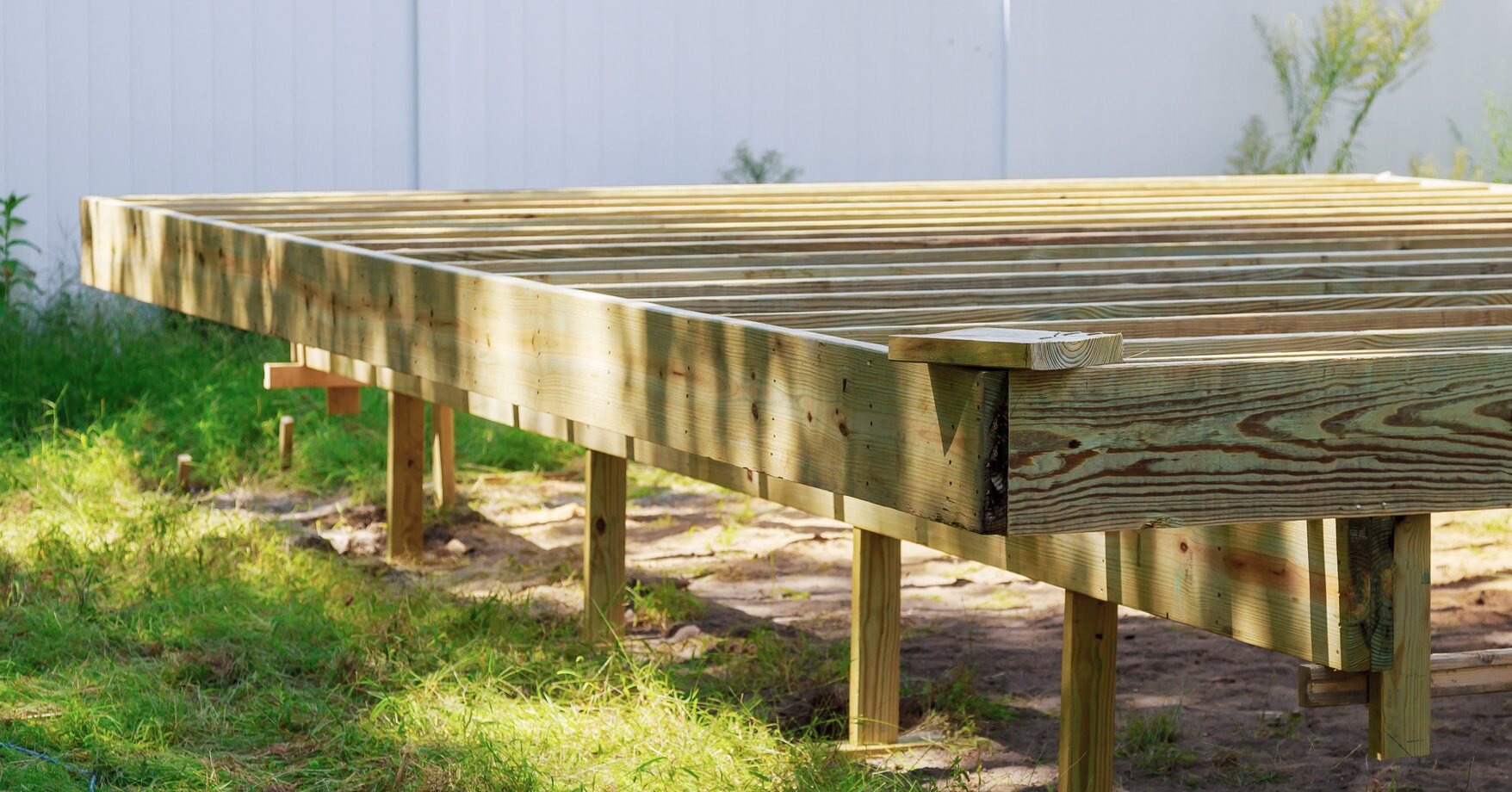
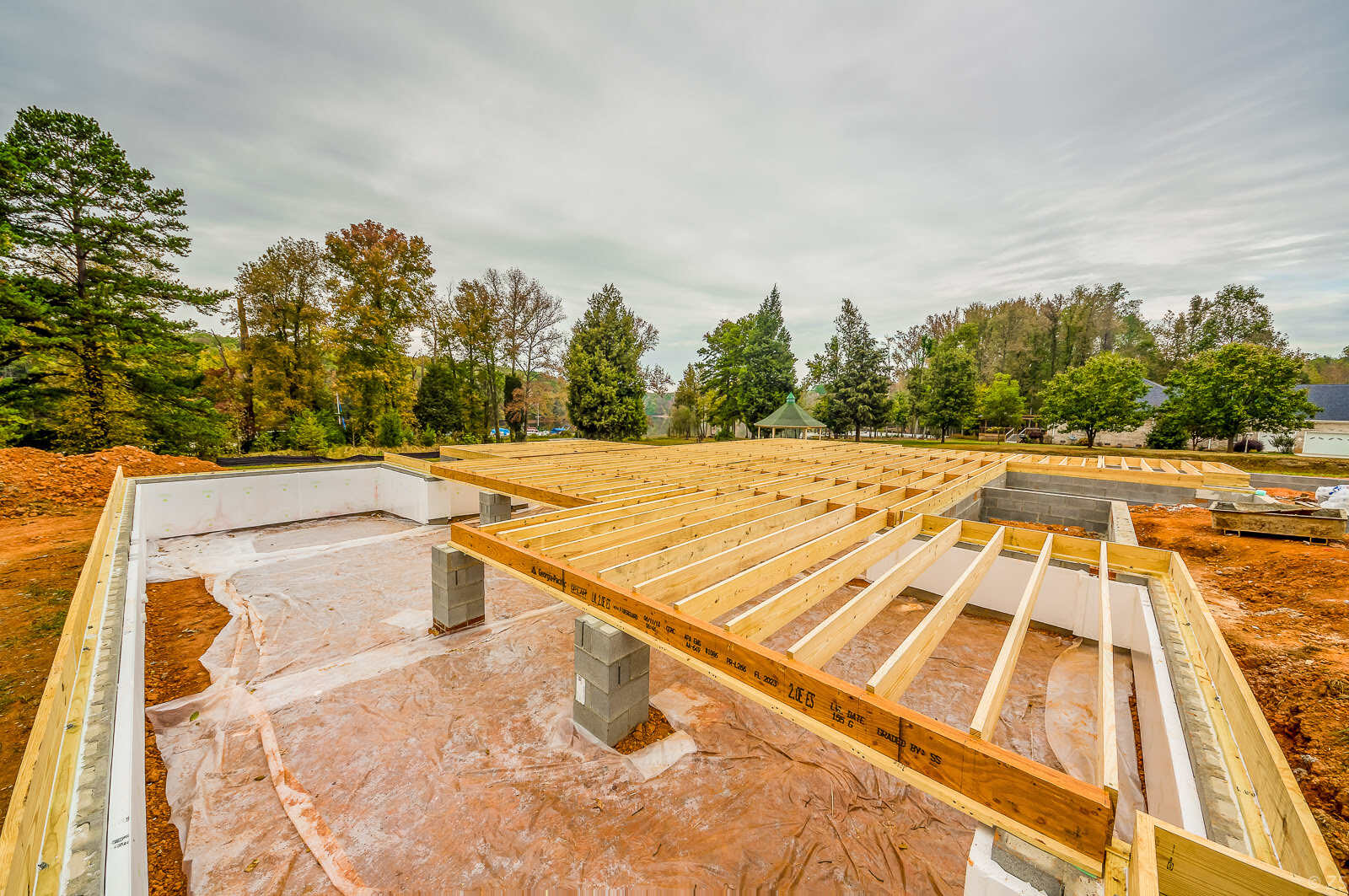
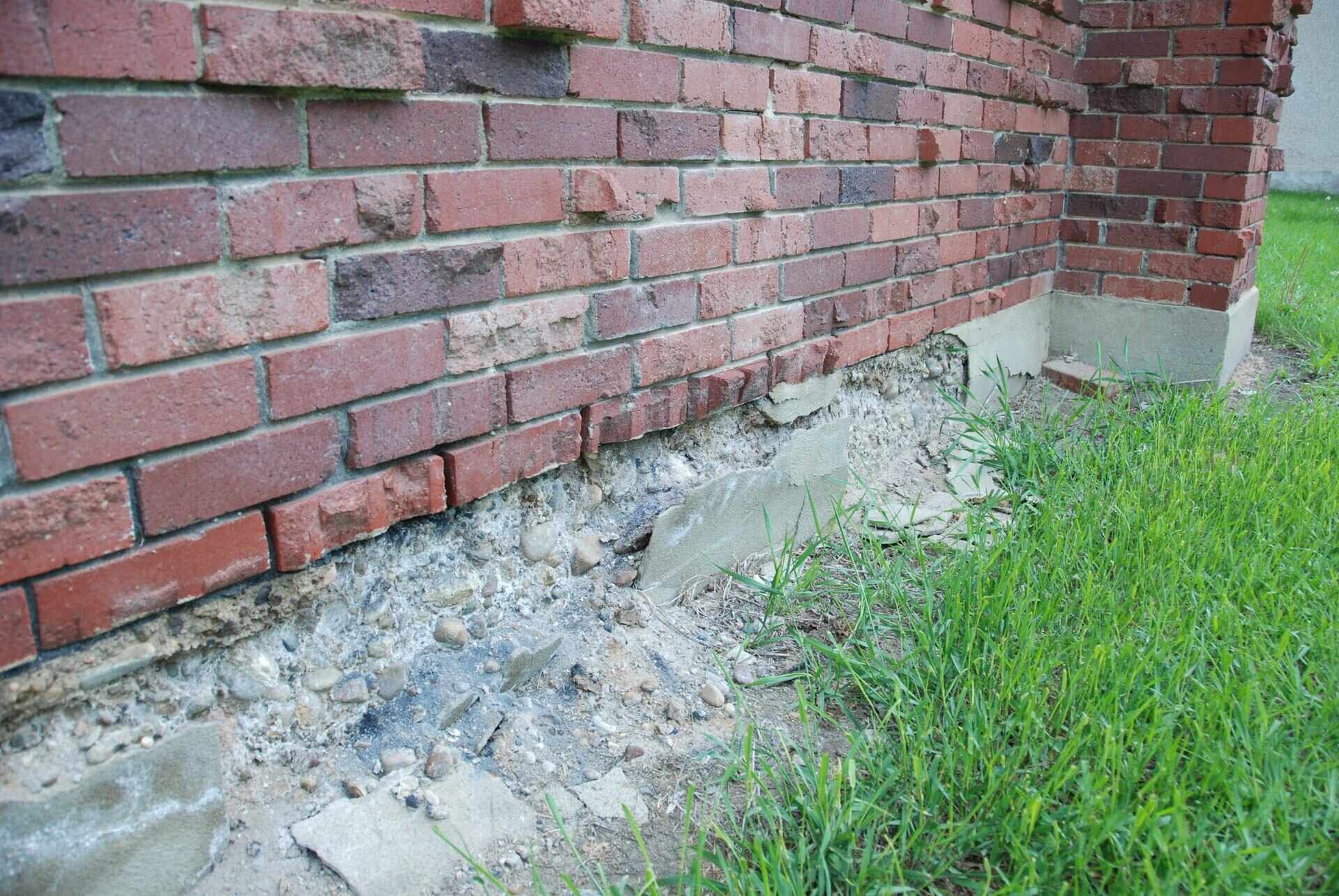
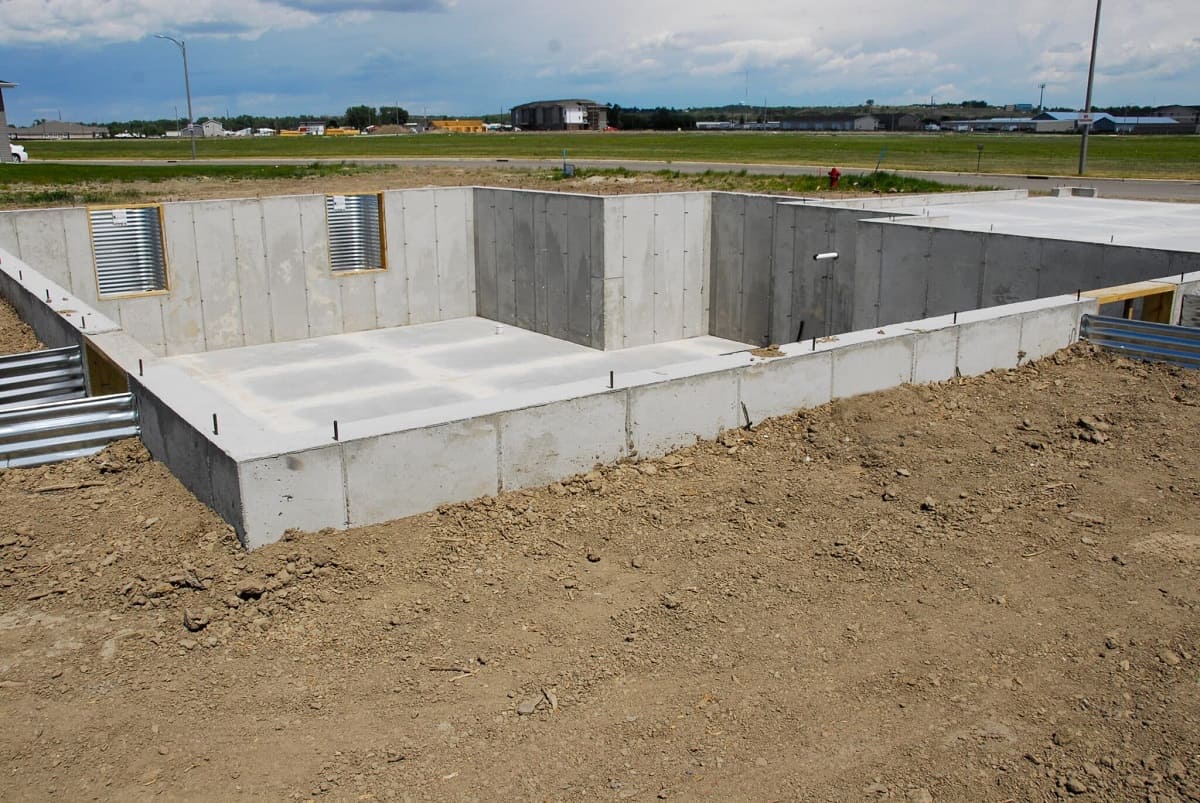
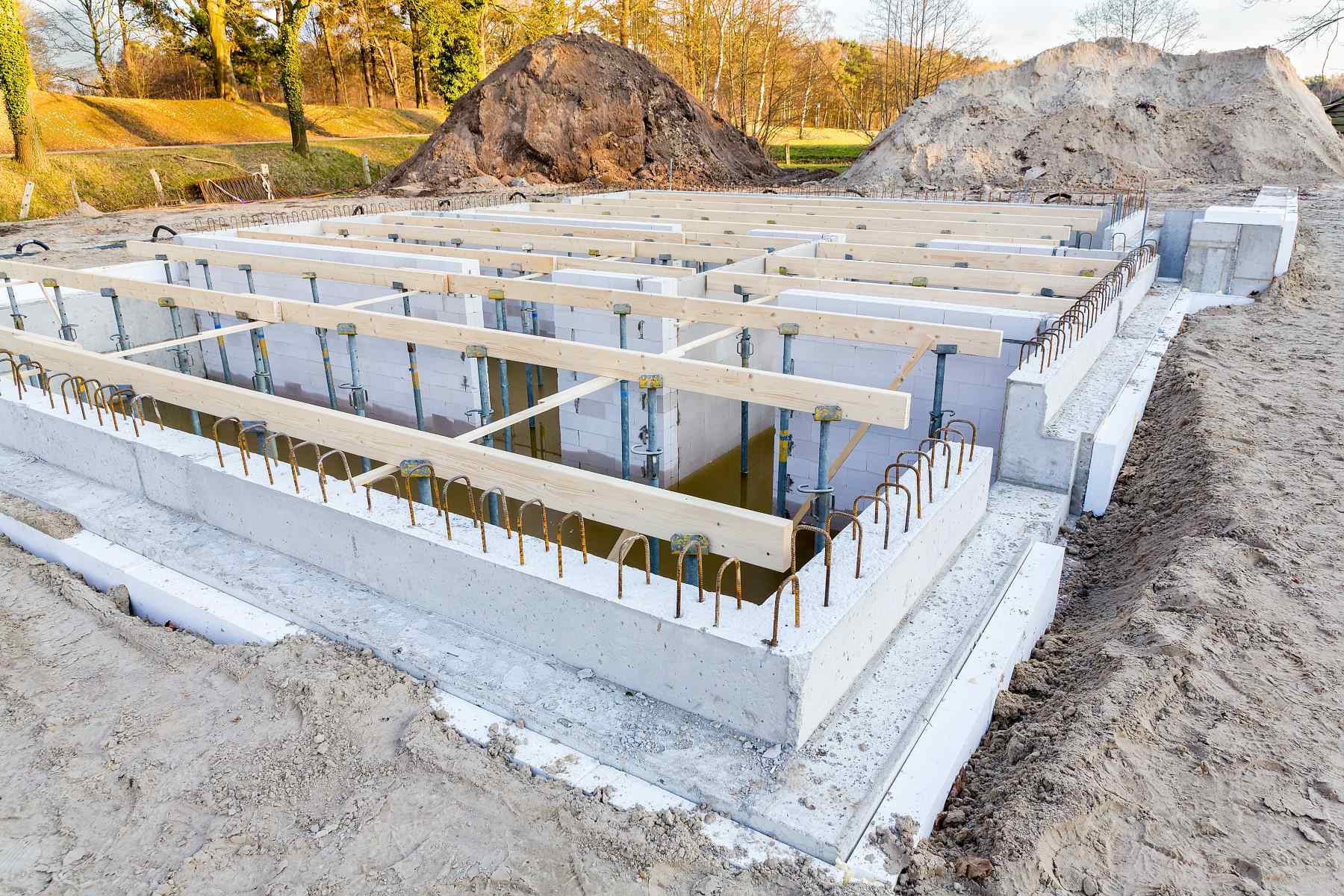
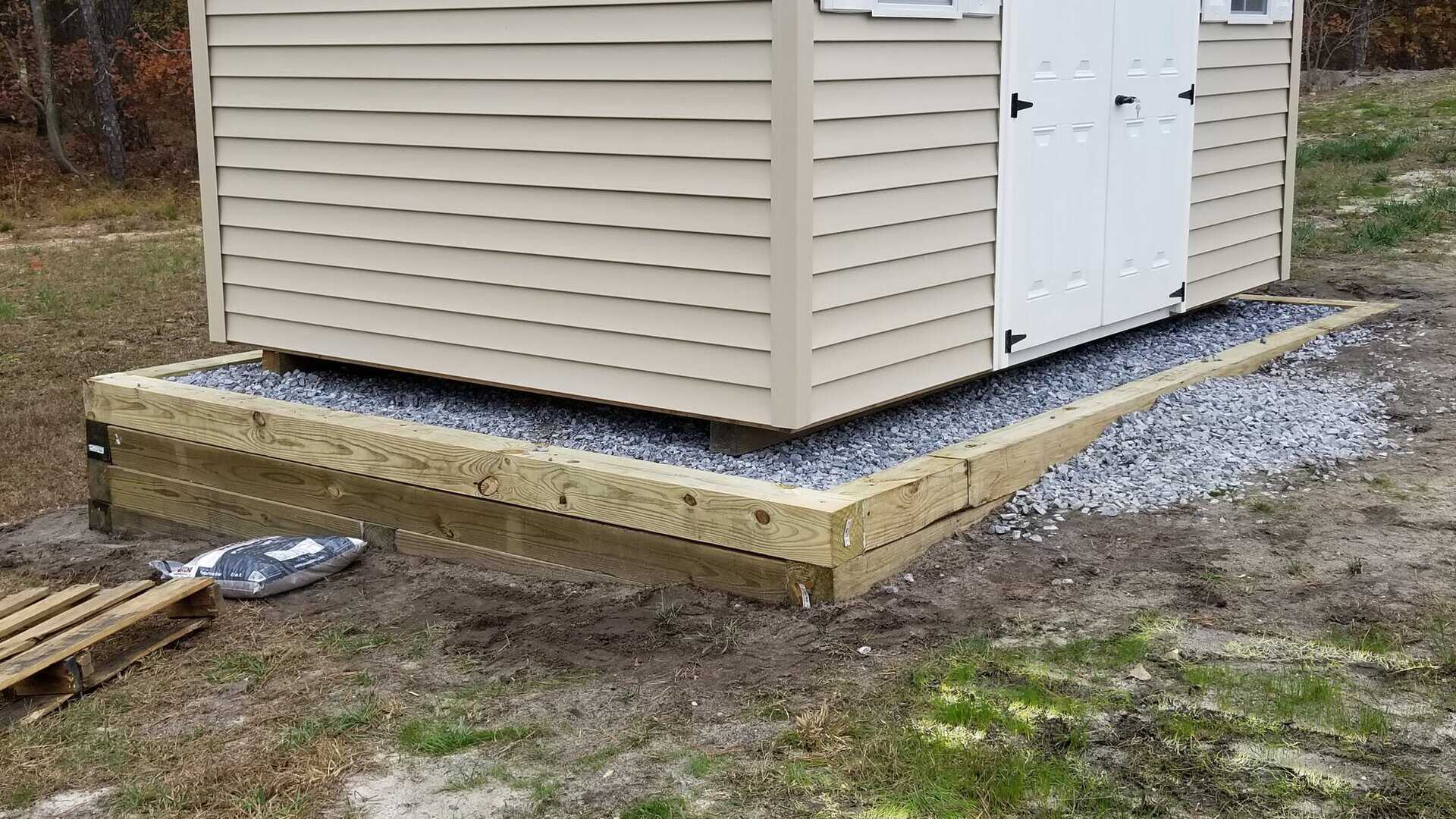
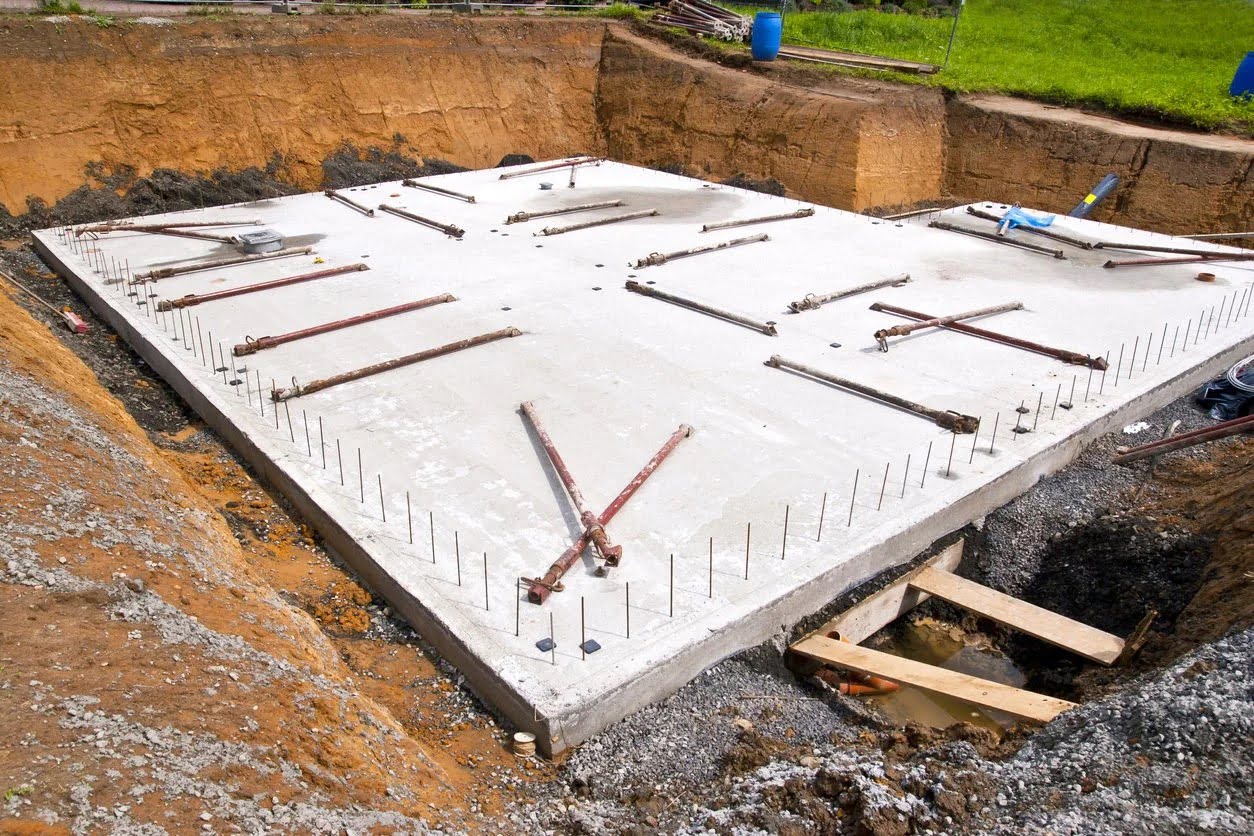
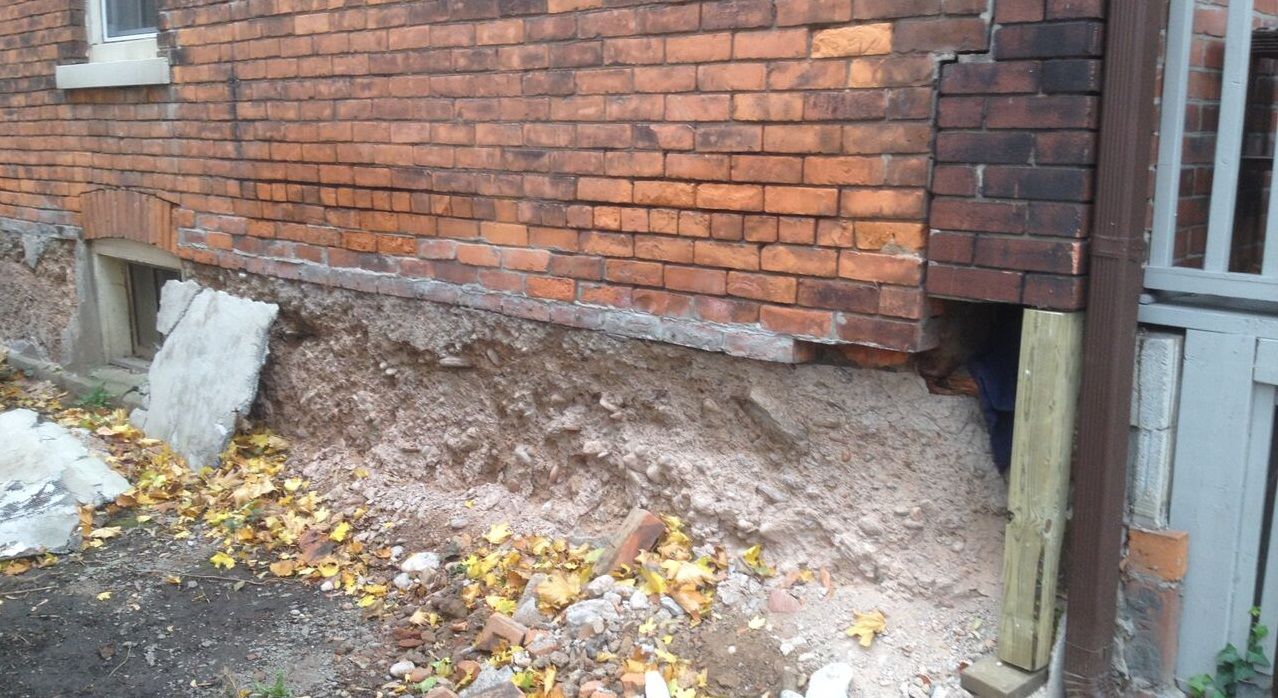
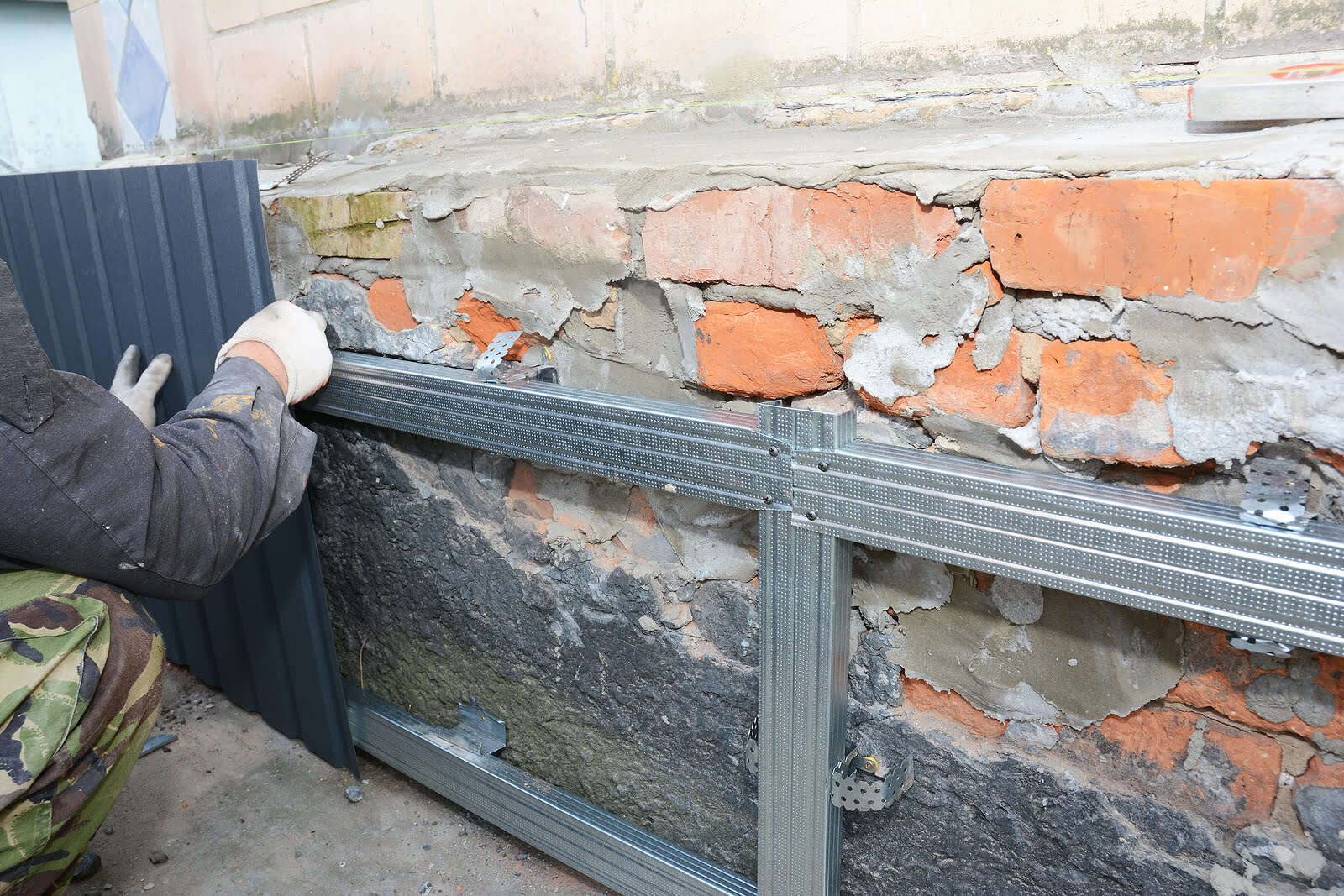
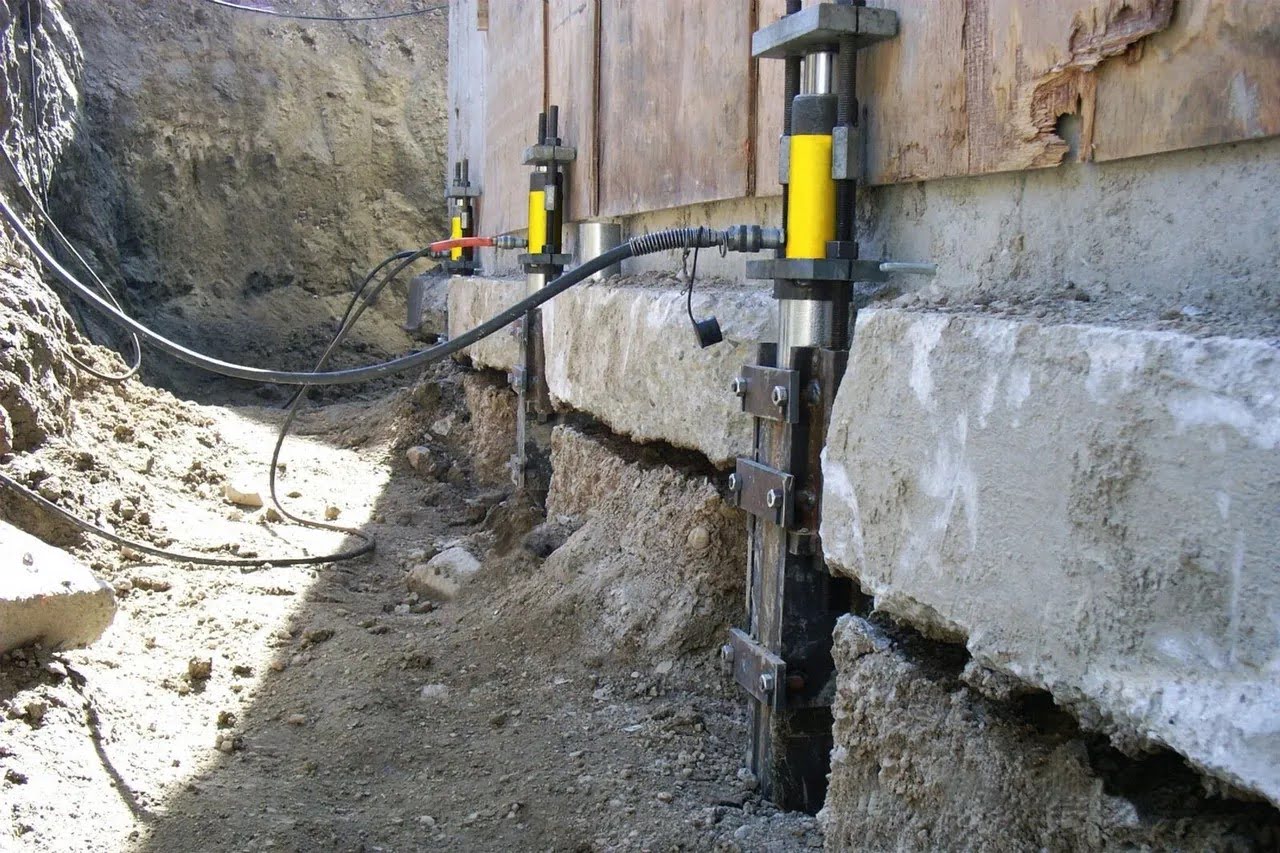

0 thoughts on “How To Repair Home Foundation”